Burnt Larch Cladding for Façades?
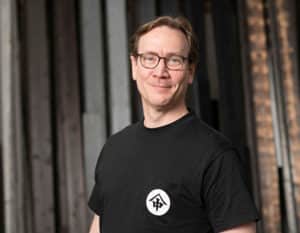
Martin Gottschlich
Siberian Larch vs. Japanese Cedar (Sugi) – Which Timber is the Better Fit for Your Home Exterior?
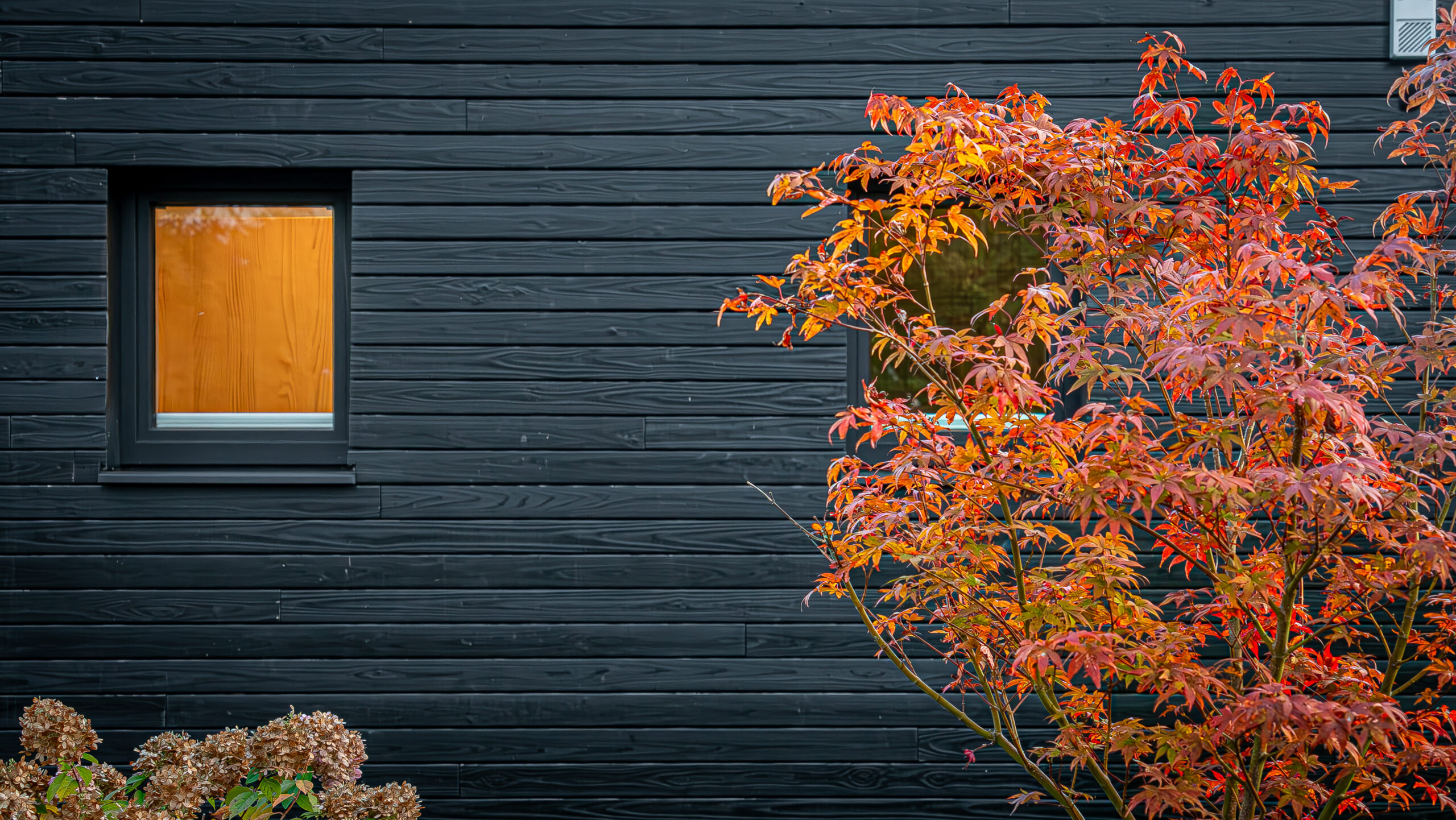
Timber façades never go out of style. A charred timber surface with this ancient Japanese technique adds depth and character to contemporary architecture. This process, known as Yakisugi, is making waves across Europe, offering a visually compelling and highly durable cladding option. Among the popular materials are burnt larch cladding and burnt cedar, each providing its own unique look and performance.
Siberian Larch vs. Japanese Cedar (Sugi)
Both Siberian larch and Japanese sugi cedar are excellent for timber façades. Siberian larch is especially common in Europe, valued for its robustness and slow growth in cold climates. However, since 2022 sanctions against Russia, its availability and legality have been compromised.
Meanwhile, Japanese cedar (Sugi ) is a premium choice in Japan, prized for being lighter, lower in resin, and more dimensionally stable than larch. Though still lesser known in Europe, it’s gaining traction thanks to its use in authentic Yakisugi burnt cedar cladding.
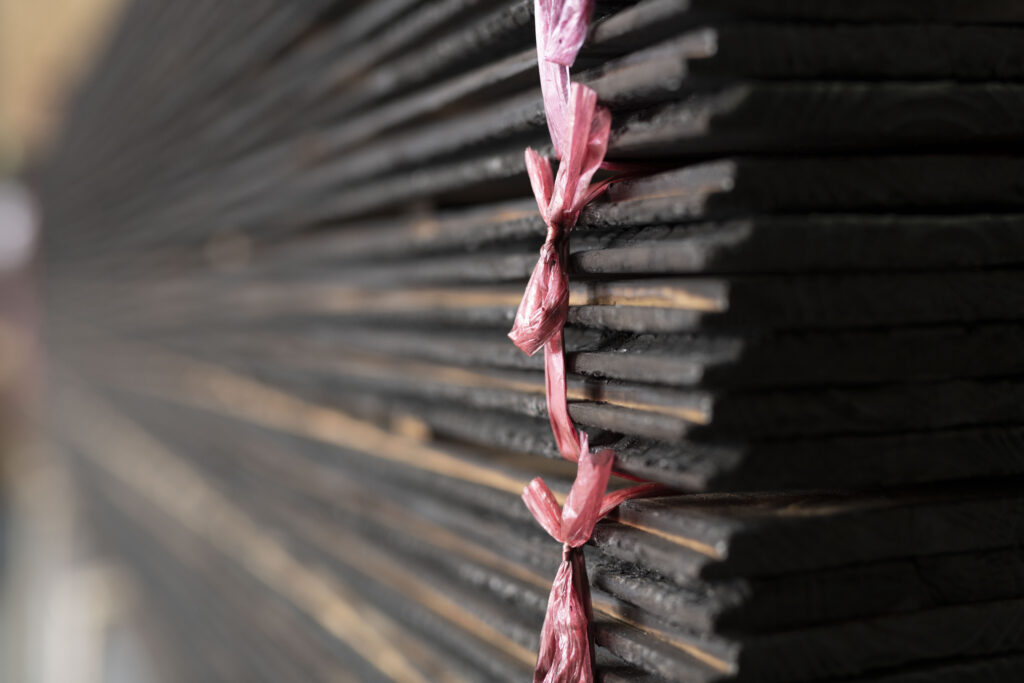
Burnt Larch vs. Genuine Yakisugi
Both larch and sugi can be charred using heat to create a protective layer. This treatment improves resistance to UV rays, moisture, and pests. But not all charred wood is equal.
The term “Yakisugi” translates to “burnt cedar” specifically referring to Japanese cedar, not larch. Despite this, many European manufacturers market charred larch cladding as “Yakisugi,” which is inaccurate and can be misleading.
Burnt larch may mimic the aesthetic, but it lacks the craftsmanship and chemical-free tradition that defines real Yakisugi. At Nakamoto Forestry, we have perfected the Yakisugi process using sugi over generations, producing naturally preserved façades with no added chemicals and exceptional longevity.
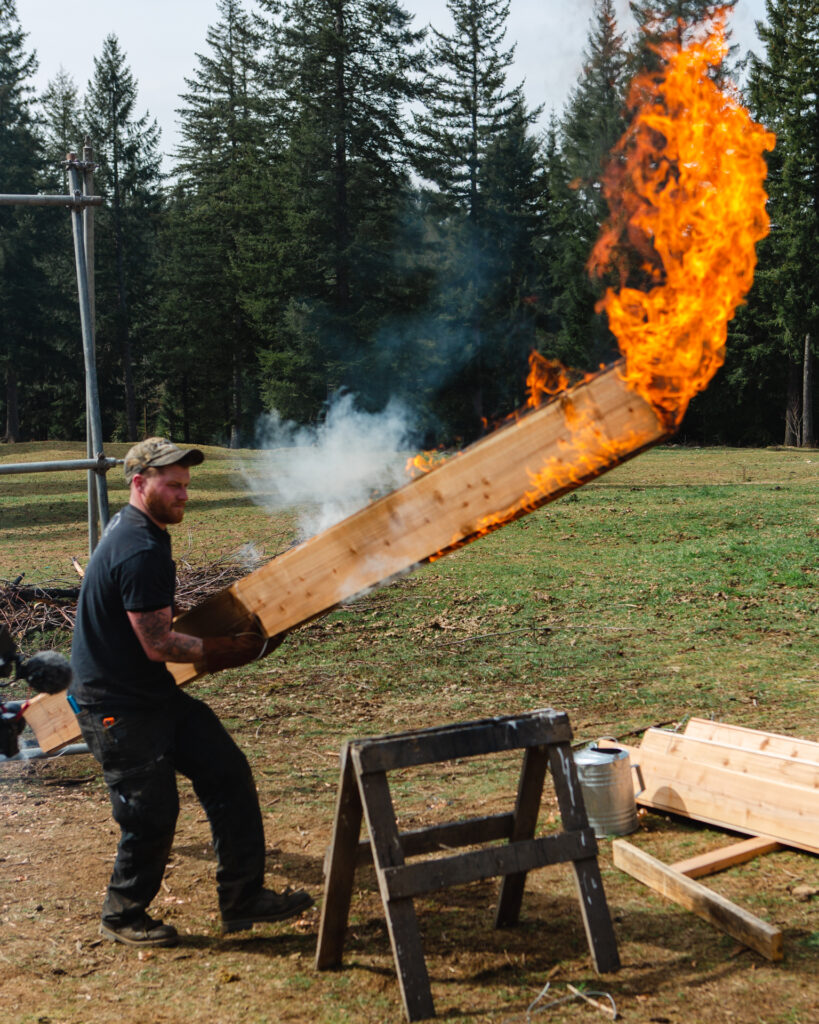
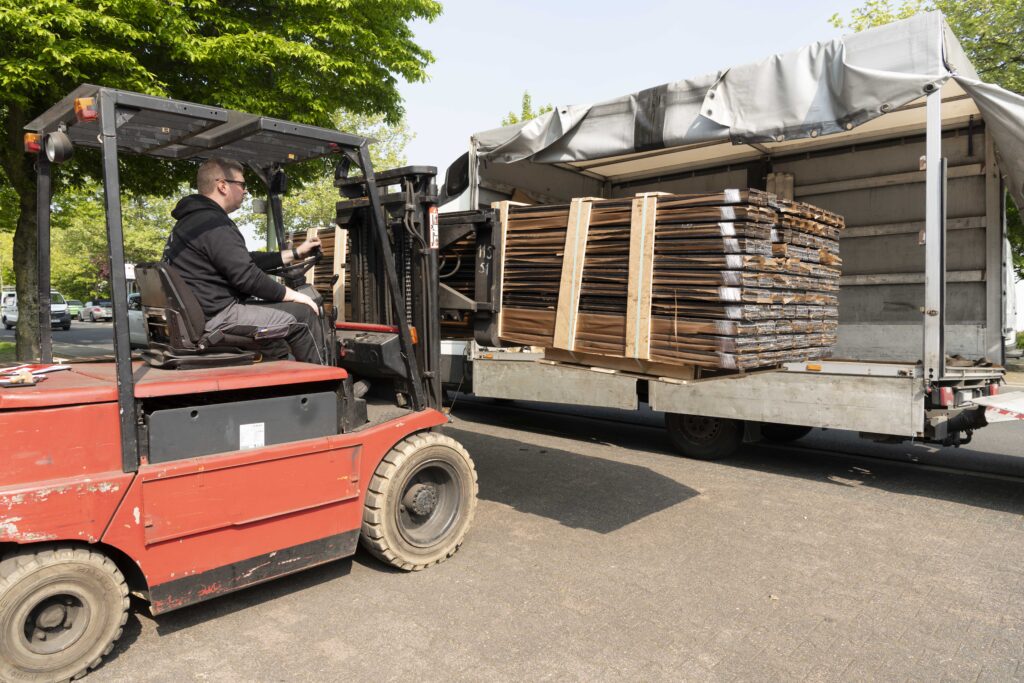
Traceability and Ethical Sourcing
The origin of your timber matters. Our burnt cedar cladding comes from sugi grown in PEFC-certified forests in Japan, with a transparent and ethical supply chain.
The situation with Siberian larch is less clear. With direct imports banned, it often enters the market via third countries like Turkey or Kazakhstan posing ethical and legal concerns. Many public tenders and certification bodies have now banned the use of Siberian larch altogether.
Verified Quality & Sustainable Forestry
We encourage all buyers to request proof of origin to ensure they’re receiving a sustainable, high-quality product. Nakamoto Forestry owns and manages forests in Japan with over 100 years of sustainable practices. For every tree harvested, a new sapling is planted, preserving the forest for future generations.
Major environmental certifications like FSC and PEFC have officially listed Russian and Belarusian timber as “conflict wood,” making Siberian larch no longer a legal option.
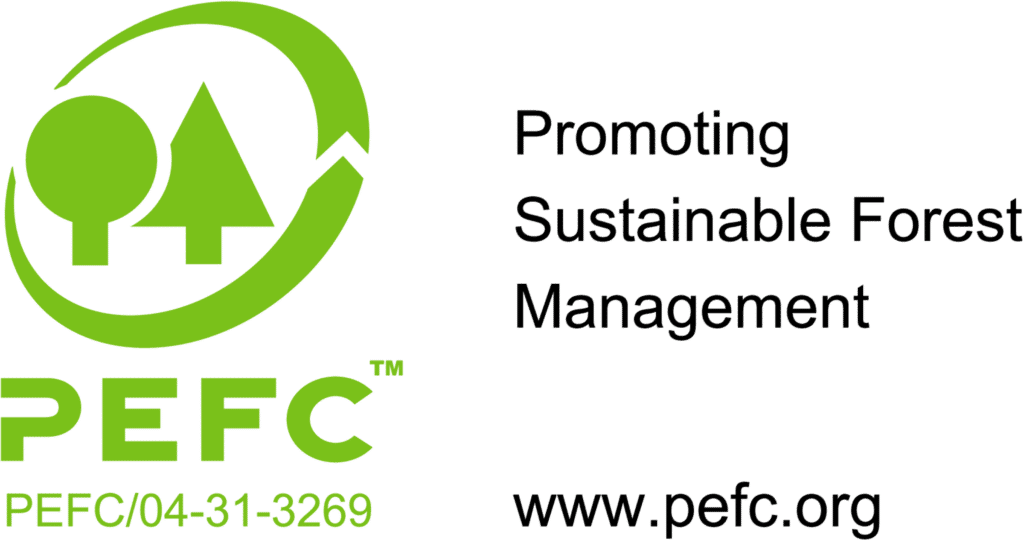
Eco-Conscious Surface Finishing
Our Yakisugi is treated without any synthetic wood preservatives. Surface colours can be enriched or sealed with natural oils or water-based stains only.
In contrast, imitation burnt larch cladding often involves various chemical sealants, especially if not naturally durable. These additional treatments can raise concerns about environmental impact and longevity. Always inspect the specs and treatments used in any charred larch or imitation Yakisugi.
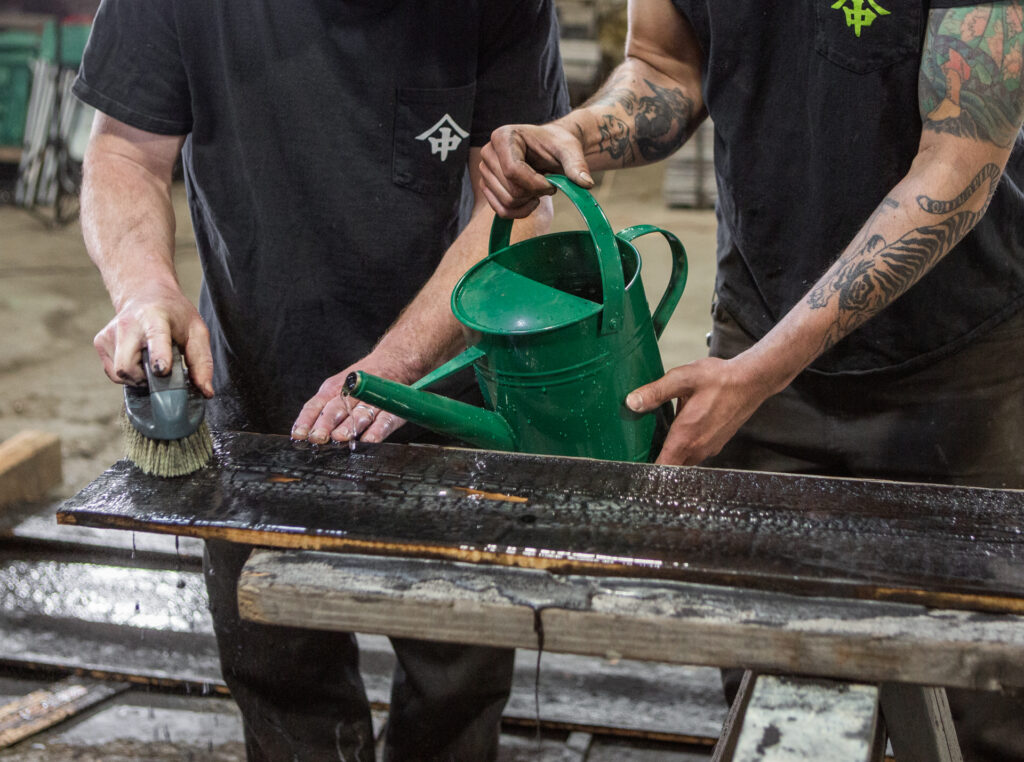

Maintenance Comparison
One of Yakisugi’s key advantages is its low maintenance. Unlike burnt larch, for which no long-term durability studies exist (many products are less than 10 years old), authentic burnt cedar cladding from Japan has centuries of proven performance.
Charred larch, particularly Siberian, is prone to uneven greying, cracking, and frequent upkeep. Without maintenance, the façade loses structural integrity and visual appeal over time. Treatments may be required every 5 to 10 years, including cleaning, sanding, priming, staining, and repainting.
Burnt cedar Yakisugi, however, remains intact even untreated. Brushed finishes age beautifully, developing a silver-grey patina slowly and gracefully. Colour maintenance – if desired – can be done every 5 to 10 years with oil or stain, requiring no sanding or priming.
Cost Efficiency & Longevity
Our Yakisugi is treated without any synthetic wood preservatives. Surface colours can be enriched or sealed with natural oils or water-based stains only.
In contrast, imitation burnt larch cladding often involves various chemical sealants, especially if not naturally durable. These additional treatments can raise concerns about environmental impact and longevity. Always inspect the specs and treatments used in any charred larch or imitation Yakisugi.
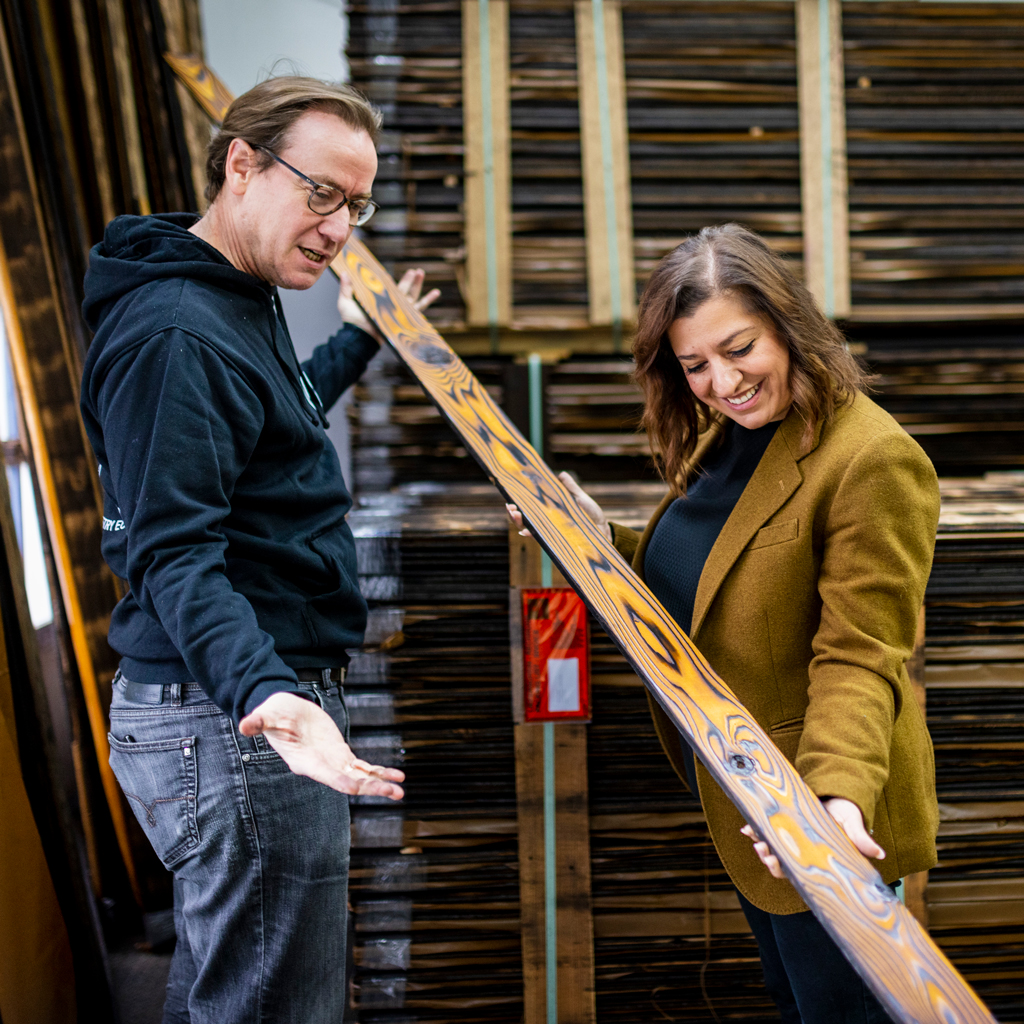
Why Authentic Yakisugi Wins
While burnt larch can provide a charred aesthetic, only burnt cedar Yakisugi has stood the test of time. Japanese sugi combines natural durability, low resin content, and superb dimensional stability—making it the perfect timber for this technique.
There is still no long-term data on the durability of charred larch cladding, and significant quality variation makes consistent comparison impossible.
Conclusion: Which Timber Façade Should You Choose?
Choosing between burnt larch cladding and genuine Yakisugi comes down to your values:
- Want transparency and eco-ethics? Go with Yakisugi from Nakamoto Forestry.
- Want a low-maintenance, long-lasting façade? Yakisugi is the proven solution.
- Want striking aesthetics that evolve beautifully over time? The burnt cedar finish of Yakisugi is unmatched.
If you’re searching for a cladding solution that’s sustainable, distinctive, and built to last, Yakisugi from Nakamoto Forestry is the ideal choice. Experience Japanese craftsmanship—and choose a façade that endures for generations.

 EU (English)
EU (English) DE (Deutsch)
DE (Deutsch) FR (Français)
FR (Français) UK (English)
UK (English) US Website
US Website


